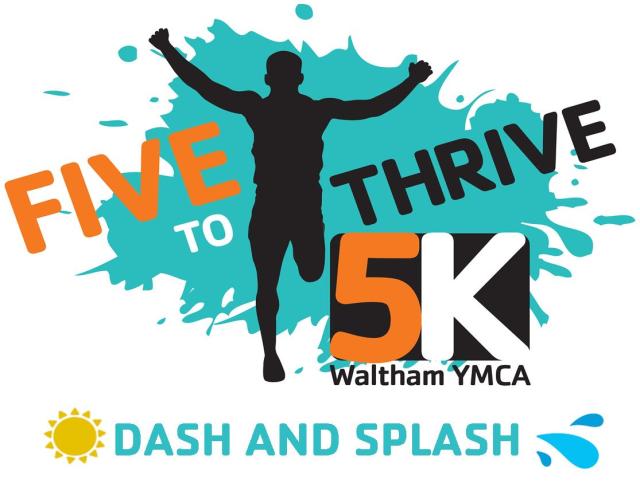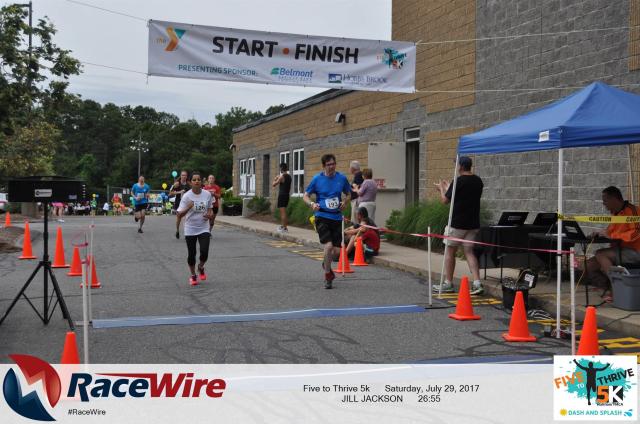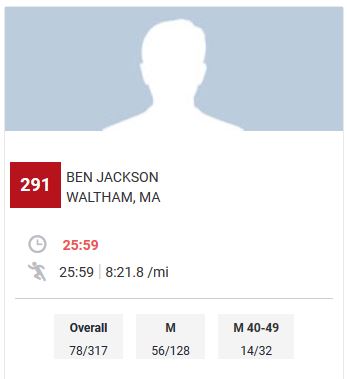Modern runners have a ton of gear available to them to monitor performance. We have global positioning apps, heart rate trackers, smart watches, and even electrocardiograms (EKGs) on demand.
But how much data is too much? I have used a few different fitness trackers, including a Nike+ watch with a GPS tacker, a couple of versions of Fitbits, and a Polar HR7 chest band with an A300 watch. I have tracked time, distance, pace, heart rate, and even weight, food, and sleep with Fitbit.
(Full disclosure, I own a few shares of Fitbit stock, but I am not sponsored by them in any way.)
It was actually the Fitbit that got me thinking about how much data is usable. I like looking at my heart rate from time to time and seeing how it changes throughout the day and by activity. This kind of data has been documented as helping people in some instances, like one where a man’s doctor used his Fitbit data to help evaluate him. But does it really help to know that my heart rate is 83 beats per minute after climbing a flight of stairs or 93 on the same flight if I am carrying something?
In all honesty, it doesn’t help me much. It is sometimes interesting, but I am not putting any real analysis into it. I only have so many hours in the day, and my training is not Olympic level. But I have found a way to use heart rate and pacing data to improve my training.
Pacing data has helped me gain speed by giving me the information I need to know whether or not I need to speed up to reach a goal. That’s pretty obvious. I pair that with heart rate data to figure out whether or not a pace is sustainable for me and if I am working hard enough.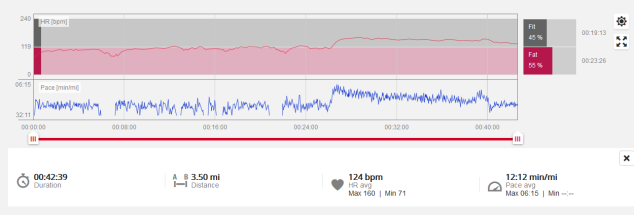
This applies differently depending on whether I am training or racing, and it varies by what kind of training I am doing. My method is for generally healthy people – someone with a particular condition might not benefit from this. People should always check with a doctor before trying any kind of training if they think they might have an underlying health problem.
My method doesn’t require a lot of historical record keeping or charting. It does require having a notion of what my heart rate looks like on slow runs, during intervals, and in races. Many apps and trackers will give you an average heart rate and average pace. Knowing what both are when I do a slow and easy run, a training run, and a race gives me reference points for other times.
The basic method I use is to look at my pace in comparison to my goal time. If they are in line, then I gauge how I feel and take a look at my heart rate. If I feel pretty good and my heart rate is in “slow run” range, then maybe my goals are too modest, and I should push myself.
If my pace is off, I’m not feeling so great on a particular run, and my heart rate is high, then I might back it down. Maybe I have a cold, need water, or it’s too hot, but it lets me know that I am not just being lazy (thought that can happen too).
One place where heart rate can be a good check is when I am in a race. Sometimes I’ll be running a 5K and feel like I have found a nice rhythm. Maybe I am even passing some people, and everything seems to be going smoothly. If I check my heart rate and it is in a slow run range, then I know I need to pick up the pace to have a better race, even if I am not watching my pace. On the other hand, if I am trying to catch up with a runner ahead of me and my heart rate shoots up, then I need to find my own pace.
Heart rate is not the ultimate guide to athletic performance. People need to start by paying attention to their bodies. How you feel is the most important thing that matters. Just because your heart rate seems okay, that doesn’t mean you should run yourself into the ground, especially if you don’t feel good in other ways. Your heart rate says nothing about whether or not you have shin splints, for example.
My running is about having fun and staying healthy, so the tools I use need to contribute to those goals. Getting faster is part of both of those things to me, so having the pace/heart rate correlation is a useful tool for developing performance.
My favorite tracker so far has been the Polar Beat App, because it shows time in particular training zones based on the standard heart rate training formula of 220-age. That has helped me find some guideposts for my training. The color coding for different levels makes it easy to see where you are in terms of training. Other folks might prefer different displays or measures.
Matching pace to how you feel and what your heart rate is a good way to check your effort and progress without a huge statistical undertaking. But, hey, if statistics are your thing, then get fancy. Let me know what your data use methods and favorite trackers are.

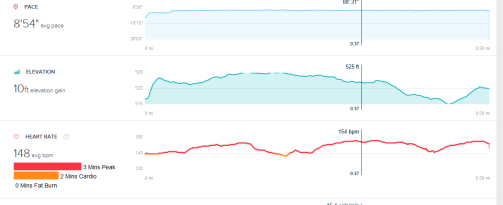



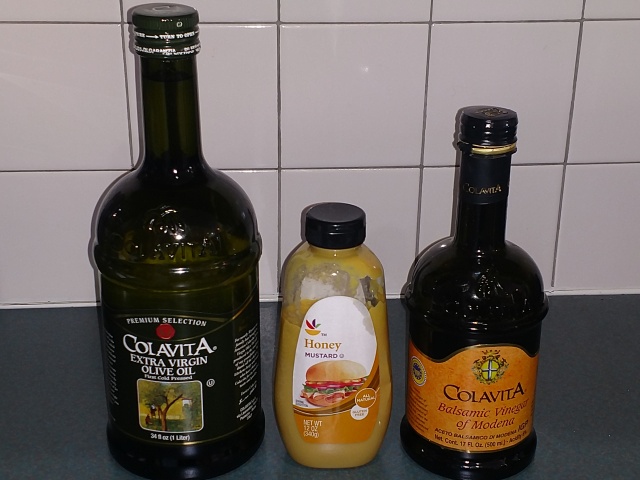
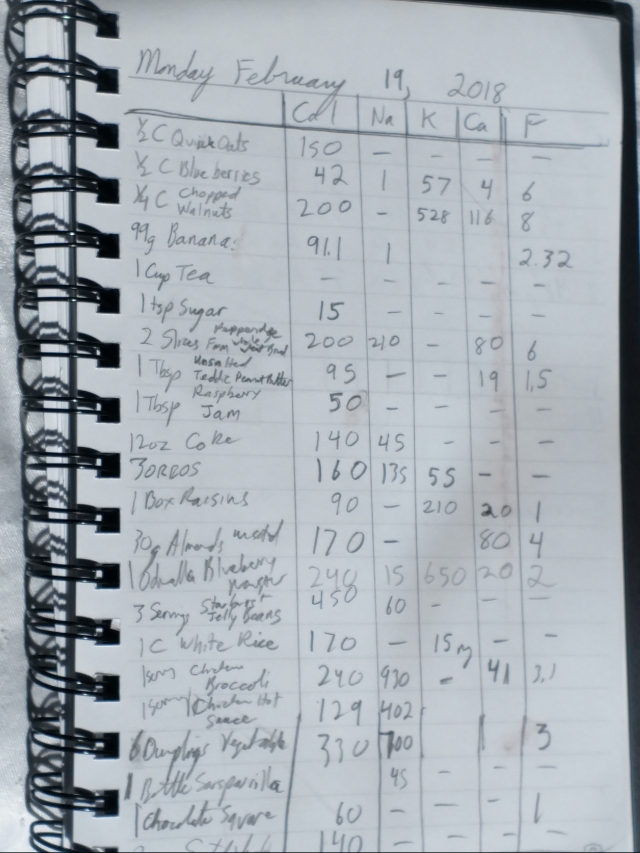



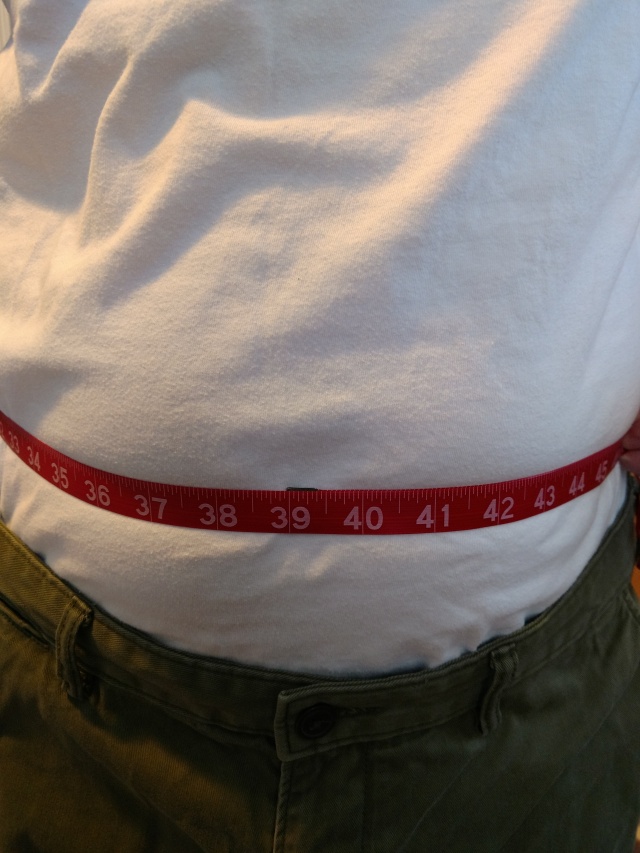
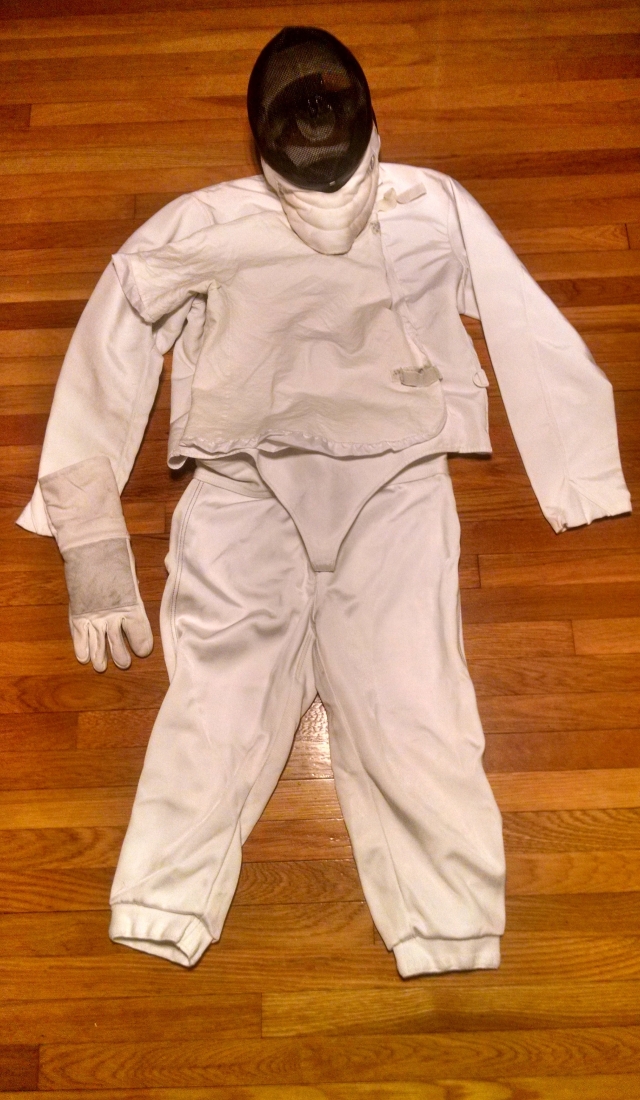

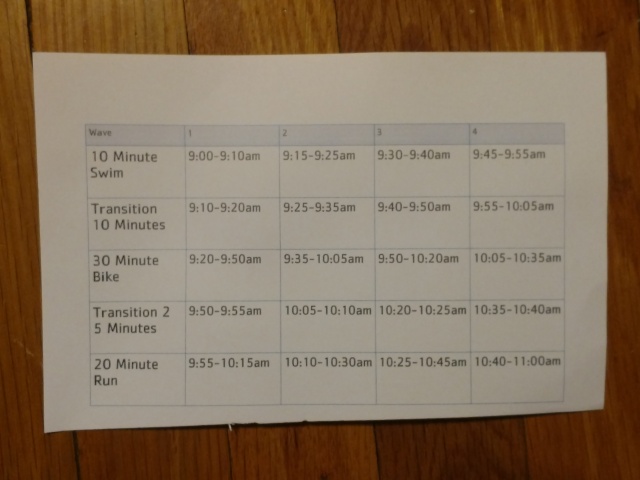
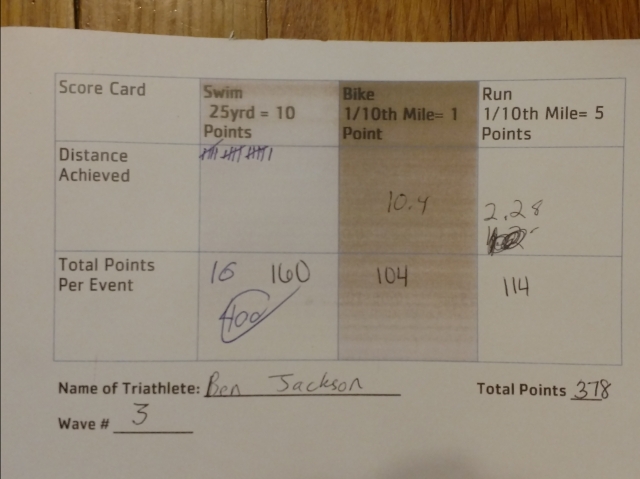
![IMG_20170911_224239615[1]](https://fivekrunnerdotcom.files.wordpress.com/2017/09/img_20170911_2242396151.jpg?w=640)

![IMG_20170910_124316541_HDR[1]](https://fivekrunnerdotcom.files.wordpress.com/2017/09/img_20170910_124316541_hdr1.jpg?w=640)
![IMG_20170910_113224251[1]](https://fivekrunnerdotcom.files.wordpress.com/2017/09/img_20170910_1132242511.jpg?w=640)
